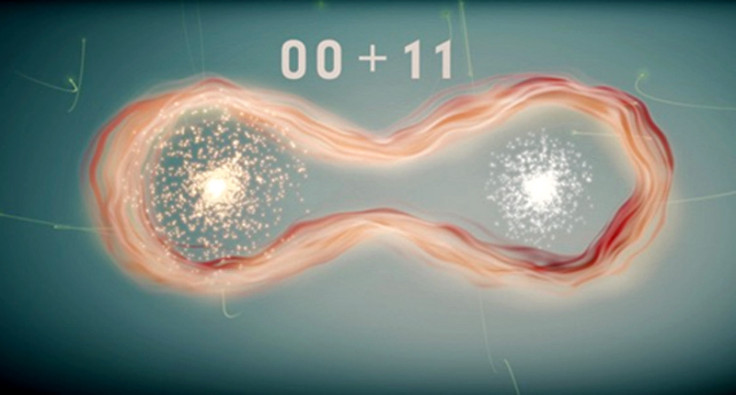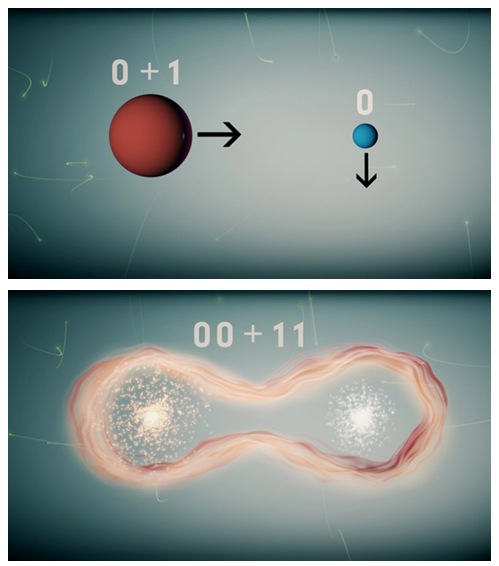Quantum computing breakthrough: Engineers manage to write quantum code to silicon chip

Engineers have been able to successfully write the quantum version of a computer code to a silicon chip for the very first time – a breakthrough that creates the building blocks for one day programming a whole quantum computer.
Researchers from the University of New South Wales (UNSW) in Australia devised a system, whereby two quantum bits were entangled and were able to pass the inflexible Bell Test, with the highest ever score recorded in an experiment.
Computers today are coded using traditional bits, which is the small unit of data in a computer that usually has a single binary value of 0 or 1. When put together, the bits create code words like 00, 01, 10 or 11 that can be used to program the computer to perform specific commands.
Although quantum computers are currently merely a concept, numerous computer science researchers around the world and billions of dollars has been invested to create them, and it is believed that these new super-powerful computers will be available within the next 50 years.
Quantum entanglement can create a new coding language
As well as the hardware needed to support such a fast computer, researchers are also working to develop a quantum computing language, whereby bits can be in superposition, so they can have the value of 1 and 0 at the same time, so code words could be much wider, for example code words like 00+11, 00-11, 01+10 or 01-10.

Such a language would be immensely powerful as it would contain special code words that cannot exist in regular computers, but so far this has not been possible to write. However, UNSW's researchers managed to write the quantum code to the silicon chip by making use of a quantum physics phenomena known as quantum entanglement.
Quantum entanglement enables seemingly counterintuitive matter to instantly affect each other, such as the measurement of one particle on Earth instantly affecting another particle that the opposite end of the universe.
"This effect is famous for puzzling some of the deepest thinkers in the field, including Albert Einstein, who called it 'spooky action at a distance'," said Professor Andrea Morello, of the School of Electrical Engineering & Telecommunications at UNSW and Program Manager in the Centre for Quantum Computation & Communication Technology, who led the research.
"Einstein was sceptical about entanglement, because it appears to contradict the principles of 'locality', which means that objects cannot be instantly influenced from a distance."
Solving a problem that puzzled physicists for 80 years
Study co-author Stephanie Simmons, a research fellow at UNSW, says that quantum codes would work in a perfectly legitimate way in a quantum computer, but they wouldn't exist in a computer today.
"This is, in some sense, the reason why quantum computers can be so much more powerful: with the same number of bits, they allow us to write a computer code that contains many more words, and we can use those extra words to run a different algorithm that reaches the result in a smaller number of steps," she said.
"What I find mesmerising about this experiment is that this seemingly innocuous 'quantum computer code' — (01 + 10) and (00 + 11) — has puzzled, confused and infuriated generations of physicists over the past 80 years," said Morello.
"Now, we have shown beyond any doubt that we can write this code inside a device that resembles the silicon microchips you have on your laptop or your mobile phone. It's a real triumph of electrical engineering."
The research, entitled "Bell's inequality violation with spins in silicon" is published in the journal Nature Nanotechnology.
© Copyright IBTimes 2025. All rights reserved.






















